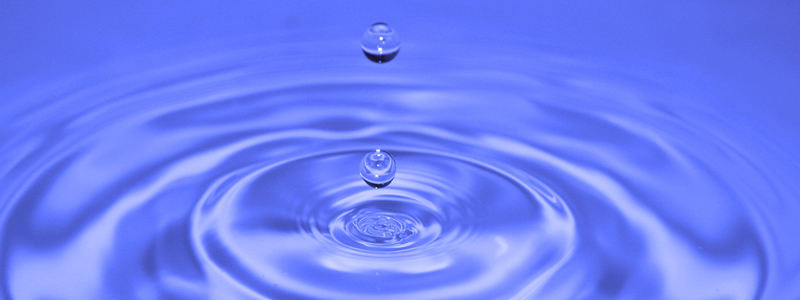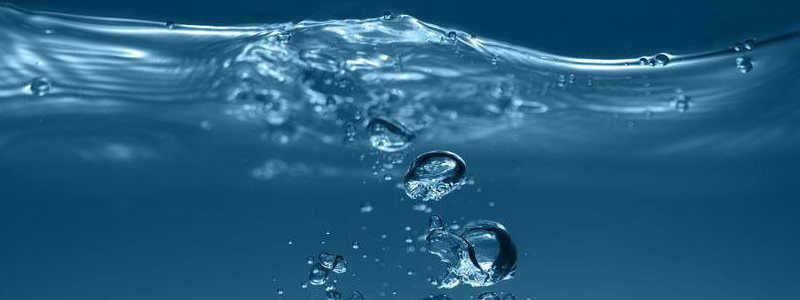
Drinking Water Treatment
What the floc
When it comes to treating water, we first need to filter out impurities, such as clay particles, plant debris, and even microscopic living creatures. The problem is a lot of this stuff is too small to simply catch on a filter membrane, and their mostly negative charges tend to stop them sticking together. To get around this, engineers add positively charged chemicals (typically aluminium salts) to the water. Once neutralised, the particles stick together into so-called flocs, which are easily filtered out. The aluminium sulphate stays in the water, but is said to have a sweetish taste – so no major consequences.
What’s the deal with chlorine
The next step is disinfection, most commonly using chlorine. In water, chlorine makes a weak acid called hypochlorous acid, which kills bacteria. Importantly, a small level of chlorine needs to stay in the water after it leaves the treatment plant to keep it protected from water-borne diseases. Although this residual chlorine is completely safe to drink, it can strongly affect taste.
But why do some waters taste more chlorine-y than others How much chlorine you need depends on the quality of the water source, transportation systems, and on how long it takes for the water to reach individual households. The maximum allowed level is five parts per million (ppm), which is still completely safe to drink. In Melbourne, a low level of only 0.03 – 0.3 ppm concentration does the job, which is below the level most people can taste. However, in Perth, for example, 0.5 – 1.5m ppm is necessary – just a little lower than the levels in swimming pools. In more bad news for Perth, chlorine taste is stronger in warmer water.
What else is added to drinking water
Fluoride (at around 1 ppm concentration) is added to drinking water to prevent tooth decay. Despite some persistent myths around potential adverse health effects, more than 60 years of accumulated evidence shows that it is not only safe, but works very efficiently. According to a paper published in July 2017, Water fluoridation dental and other human health outcomes by the National Health and Medical Research Council, fluoride reduces tooth decay in adults by 27 per cent. Flouridation doesn’t change the taste of water.
The chlorine and fluoride additives do slightly lower the pH of the water (making it a bit acidic). To balance it out, the engineers add a small amount of an alkaline salt such as lime (calcium oxide and hydroxide), caustic soda (sodium hydroxide), or sodium carbonate. The amount added is too small to really affect natural water hardness.
Water hardness
One result of water treatment is that many features of the water that reaches our taps are standardised across different locations. Sediments and organics are settled out, heavy metal levels are strictly controlled, and microscopic life is eliminated by chlorination.
Water hardness, on the other hand, is not regulated from a health perspective. This way, it remains a distinctive signature of the water’s original source. As we discussed last issue (see BeanScene October 2017 edition), hardness comes from contact with minerals rich in calcium, magnesium, and carbonates that the water passes through.
Depending on the natural environment in the catchment area, water hardness can vary greatly.
Does the best drinking water make the best coffee Not necessarily. We know from experience, both from brewing coffee with tap water at different locations and from optimising brew water with mineral concentrates (described in the previous issue) that calcium, magnesium, and bicarbonate all have a big impact on taste.
Some level of water hardness is generally needed for the best coffee outcomes. If there’s not enough minerals in the water, coffee can end up tasting flat and hollow. Too much, however, can be detrimental not just to taste, but to the espresso machine as well. It’s a fine line. Hard water is responsible for limescale build-up in brewing equipment, so you may need to use further purification steps (also known as softening) to reduce hardness in the water.
Now that we know what goes on behind the scenes when treating water, I’ll be thinking twice before jumping into reservoir lakes. Each drop in our water supply is precious, and each drop undertakes a remarkable journey even before it ends up in our taps to drink.
Angchao provides a range of water treatment chemicals for your choosen, please contact us TIAN@CHEM.NET.
 Previous
Previous  Next
Next Get answers and advice from people you want it from.